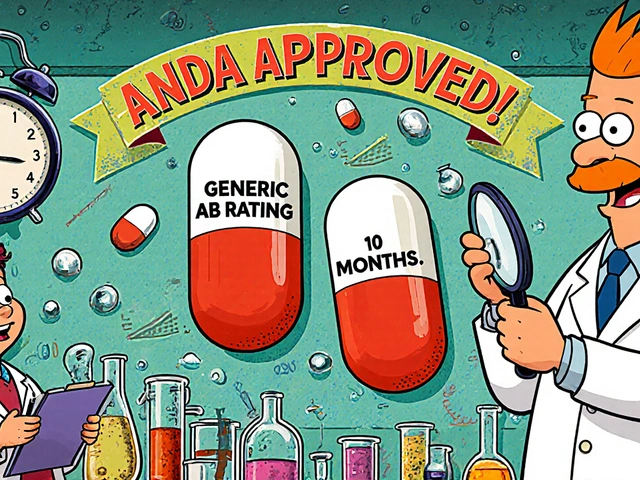Celecoxib (Celebrex): What it Treats and How to Use It Safely
Celecoxib is a prescription painkiller you’ve probably heard called Celebrex. It’s a COX-2 selective NSAID — that means it reduces pain and inflammation while aiming to spare the stomach lining more than older NSAIDs. That’s useful if you need regular pain relief for arthritis or short-term relief after an injury or surgery.
How celecoxib works and when it's used
Celecoxib blocks an enzyme (COX-2) that makes inflammatory chemicals in your body. Doctors commonly prescribe it for osteoarthritis, rheumatoid arthritis, ankylosing spondylitis, acute pain, and menstrual cramps. Typical doses vary: for arthritis people often take 100–200 mg once or twice daily; for acute pain, higher short-term doses may be used. Always follow your prescriber's instructions — doses depend on your condition and health history.
Want fast relief? Some people feel improvement within a day or two, but it can take longer for chronic conditions. If you don’t get better after a few weeks, talk to your doctor about other options.
Safety tips and common interactions
Celecoxib can irritate the stomach less than non-selective NSAIDs, but it still can cause ulcers, bleeding, or upset stomach. It can also raise blood pressure, cause fluid retention, and increase the risk of heart attack or stroke — especially at higher doses or if you already have heart disease. For that reason, doctors use the lowest effective dose for the shortest time needed.
Important interactions: avoid mixing celecoxib with blood thinners like warfarin without close monitoring. It can reduce how well ACE inhibitors or diuretics work, and it may raise lithium or methotrexate levels. If you’re allergic to sulfa drugs, mention that — celecoxib is a sulfonamide derivative and can cause allergic reactions in some people.
Other practical tips: take celecoxib with food to reduce stomach upset, avoid heavy drinking, and stay hydrated. Don’t use it in the last trimester of pregnancy. If you have kidney disease, heart disease, or a history of stomach ulcers, discuss risks and monitoring with your provider before starting celecoxib.
Celecoxib is prescription-only. Don’t buy from unverified online sellers — get a proper prescription and check the pharmacy’s credentials. If side effects like severe stomach pain, black stools, sudden shortness of breath, chest pain, or swelling occur, stop the drug and seek medical help immediately.
To wrap up: celecoxib can be a good option when you need pain relief with less stomach trouble than older NSAIDs, but it isn’t risk-free. Talk openly with your doctor about your heart, kidney, and stomach history, use the lowest effective dose, and report any worrying symptoms right away.




